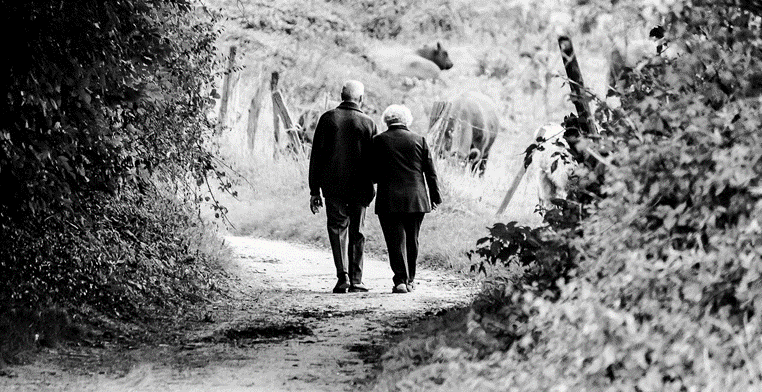BACE-N project
Principal Investigator Margreth Grotle
PhD Students Rikke Munk Killingmo, Ørjan Nesse Vigdal, Lise Kretz
Collaborators Kjersti Storheim (Oslo University Hospital), Milada Cvancarova Småstuen (Oslo Metropolitan University), Silje Stensrud (Oslo Metropolitan University), Chris Maher (University of Sydney, Australia), Bart W Koes (Erasmus University Rotterdam, the Netherlands), Manuela Ferreira (University of Sydney, Australia), Liv Inger Strand (University of Bergen), Iben Axen (Karolinska Institute, Sweden), Thor Einar Holmgard (Norwegian Back Association)
External Funding Norwegian PhysioFund & A life in movement – the Norwegian chiropractors’ research foundation
The Back Complaints in the Elderly – Norway (BACE-N) project is part of an international consortium (The Back Complaints in the Elders: BACE), which was established in 2008 in order to create standardised methodology for large cohort studies and share data on the burden of back pain in older people. BACE cohort studies have been established in several countries with the primary objective to establish the clinical course and burden of back pain in elderly, to identify prognostic factors for chronic back pain and disability, and to explore usual care provided in primary care. The primary objective of the BACE-N is to establish the clinical course and burden of back pain and back-related disability in older people, to identify prognostic factors for persistent back pain and back-related disability, and to explore usual care provided in primary care.
The BACE-N project will provide new knowledge on prognosis of back-related disability and pain in elderly people who seek help in the primary healthcare, the clinical course of back pain over two follow-up years, including a thorough description of healthcare utilization and their costs, and prognostic factors that influence good or poor prognosis for these people.
In this observational cohort study, we include people over 55 years of age who visit a primary care practitioner with a new episode of back pain. Soon after their first visit, we perform a standardized examination and a comprehensive questionnaire, mapping many aspects of the person’s life and back-related issues. We follow the study participants at 3, 6, 12 and 24 months after inclusion, to track their back pain, disability, work-related issues, and treatment both in- and outside the health care system. Several test stations in primary care clinics in Southern Norway contribute with data collection.
